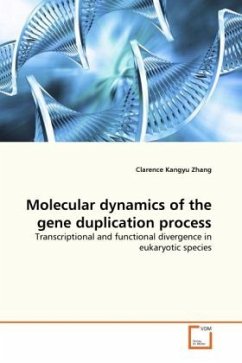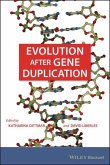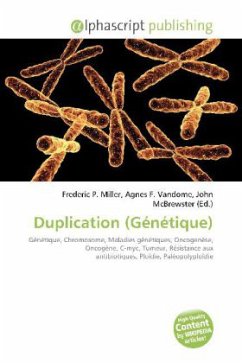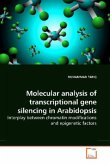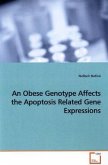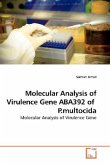Duplication is one of the most important mechanism for evolving gene and genome complexity. The availability of complete genome sequences greatly facilitated its study. In this book, the molecular duplication process is investigated via aspects of transcriptional regulation and gene function. In transcriptional regulation, how cis-regulatory elements evolve is studied via a comparative genomics approach in fungi and fruitfly species. The study in fungi species demonstrates that the dominant fate of cis-regulatory elements after duplication is the emergence of new binding sites and asymmetrical loss of ancestral elements in one paralog. The study of ribosomal protein genes in fruitfly species leads to a novel module-wise stabilizing selection theory. Both studies provide insights into the fast-evolving nature of transcriptional regulation. In gene function, in fungi species, it is shown that functional similarities between paralogous genes are higher than in orthologous genes, suggesting convergent evolution among duplicated genes. This book is useful for researchers specialized in areas such as molecular evolution, genomics and bioinformatics.
Bitte wählen Sie Ihr Anliegen aus.
Rechnungen
Retourenschein anfordern
Bestellstatus
Storno

